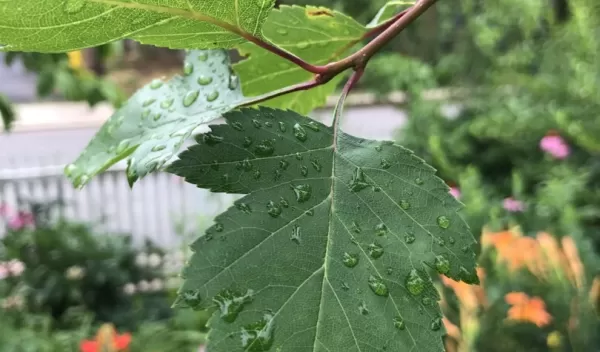
Are our lawns biological deserts?
Find related stories on NSF's Long-Term Ecological Research program site.
Worried about your lawn drying up in the summer heat? A bigger threat may lie next door, in your neighbor’s lawns: they all look alike.
Although the American Dream is no longer defined by white picket fences, tidy stretches of grass still line suburban streets in neighborhoods from coast-to-coast. Are these lawns "biological deserts" with declining biodiversity?
Ecological homogenization
A study of residential lawns at National Science Foundation (NSF) Long-Term Ecological Research (LTER) sites bordering Phoenix, Baltimore, Minneapolis-St. Paul, Miami, Boston and Los Angeles found that lawn maintenance is contributing to a continental-scale ecological homogenization.
“The cities were selected to represent different climates and vegetation types across the U.S., making the similarities in residential lawns even more striking,” says Peter Groffman of the City University of New York and the Cary Institute of Ecosystem Studies, senior scientist on the study. The results were recently published in the journal Landscape and Urban Planning.
Narrowing biodiversity
Turfgrasses, low-growing varieties that can form thick, carpet-like surfaces, comprise the majority of residential lawn plants. Although species differed among research sites, they shared similar community compositions. The study also found that sites shared the same weeds, indicating that factors other than human planting practices are contributing to the narrowing of lawn plant biodiversity.
Weeds are often present in turfgrass seeds, and lawn maintenance and disturbed soils create an environment in which these species are successful. On the positive side, says Doug Levey, an NSF LTER program director, "although many of these plants are non-native, some have flowers that support native pollinators. Dandelions and clover are examples."
Income’s impact
Demographic components of the residential areas were incorporated into the study. Researchers found that higher-income households had lawns with significantly less plant diversity than those of lower-income homes. According to the authors, that’s likely due to the fact that high-income households can afford to spend more on lawn care services that remove unwanted plants, ultimately lowering biodiversity.
“The big question is how variations in biodiversity might influence lawns' water and nutrient use, and their aesthetic enjoyment,” says Groffman.
New research is exploring what American lawns could look like. Scientists are evaluating whether interest in xeriscaping (landscapes that require little water), improving wildlife habitat, and capturing runoff will lead to significant changes.
If you’re a homeowner with a yard, consider your lawn’s plant biodiversity. You might be contemplating the future of one of America’s most common ecosystems.
